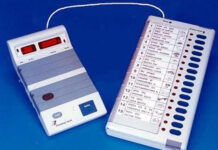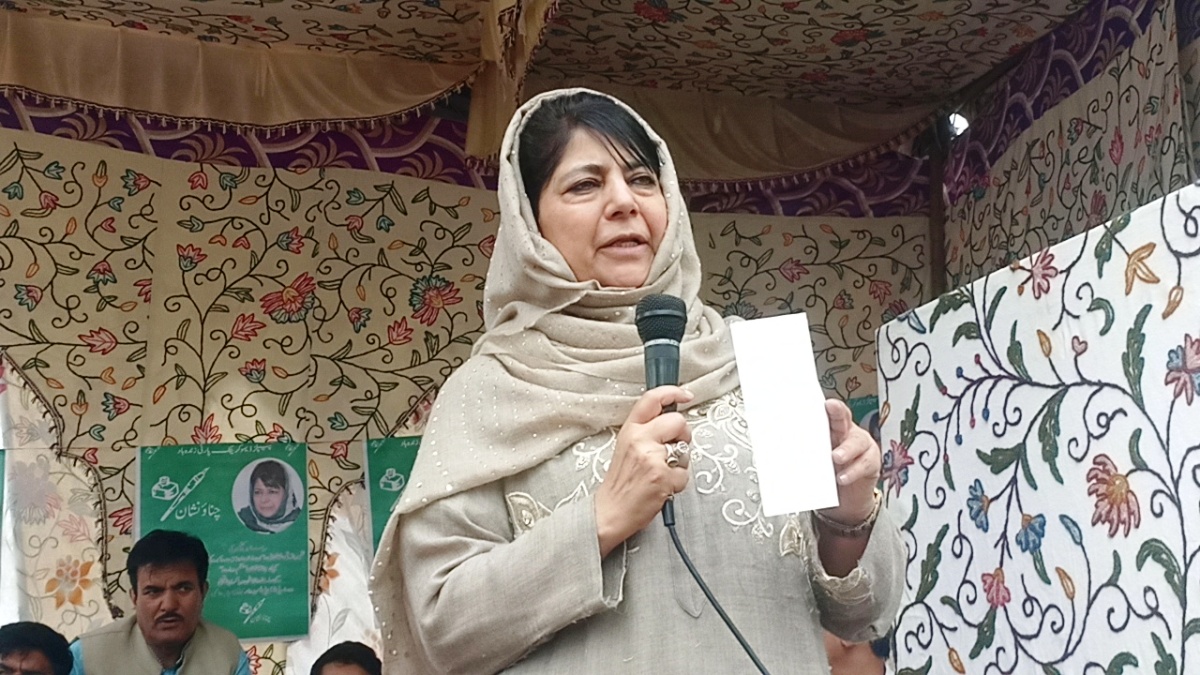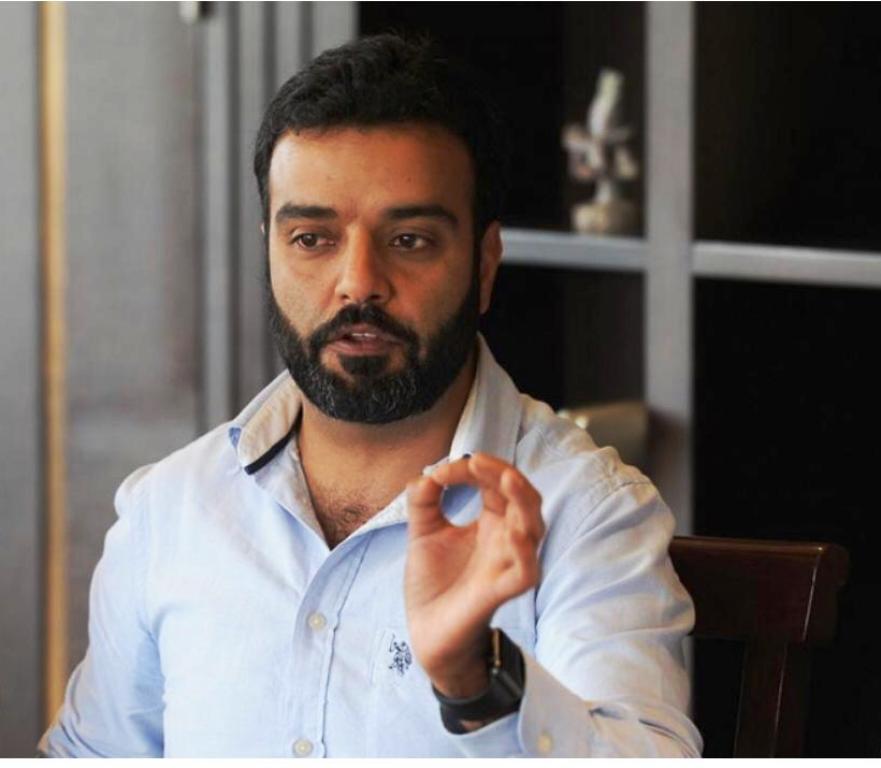by Khalid Bashir Gura
SRINAGAR: The repetitive physical movements of Nimaaz, the Muslim prayer rituals can reduce the chances of lower back pain if performed properly, according to new research.

The quiet prayer not only eliminates physical anxiety, but the study also says the proper knee and back angles can be an effective clinical treatment. The kneeling posture, (prostrating oneself) known as sujud, apparently increases the elasticity of joints.
The paper titled An ergonomic study of body motions during Muslim prayer using digital human modelling was published in the latest issue of the International Journal of Industrial and Systems Engineering. The research used computer-generated human models of healthy Indian, Asian, and American men and women to look at the effect on lower back pain.
“One way to think about the movements is that they are similar to those of yoga or physical therapy intervention exercises used to treat lower back pain,” said study co-author Mohammad T Khasawneh. The other co-authors of the 2017 research include Faisal Aqlan; Abdulaziz Ahmed; Wen Cao.
The team did not, however, look at how varying prayer rituals for physically disabled people will effect back pain. The study also found that there is an inverse relationship between the time spent on each prayer posture and the back compression force affecting the person during that posture.
“Physical health is influenced by socio-economic, lifestyle and religious factors,” added Khasawneh, from Penn State Behrend University in Pennsylvania.
“Prayer can eliminate physical stress and anxiety, while there is also research that indicates prayer rituals can be considered an effective clinical treatment of neuro-musculoskeletal dysfunction.”
A 2021 study Salat Dhuha Improves Haemodynamic: A Randomized Controlled Study by Indonesian doctors demonstrated that the Salat has significant potential in improving hemodynamic parameters (systolic and diastolic blood pressure and heart rate) for elderly women, which the more frequent rakaat will give more benefit than less frequent rakaat. It terms Salat as a physical and psychological activity that induces parasympathetic nerve activity and suppresses sympathetic nerve activity through the release of brain alpha waves.















